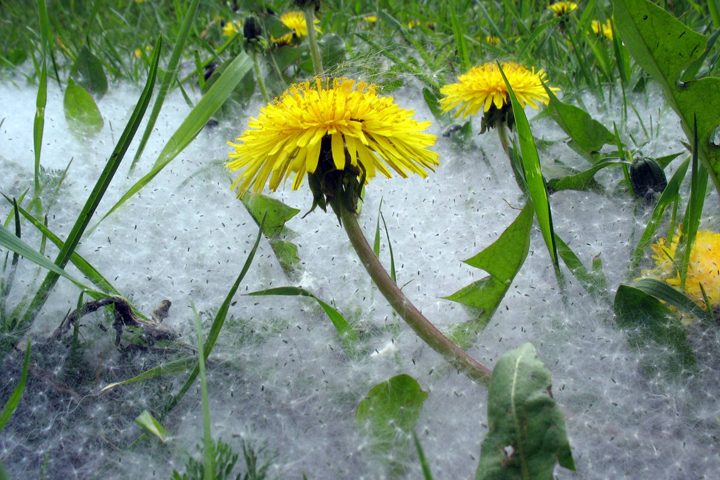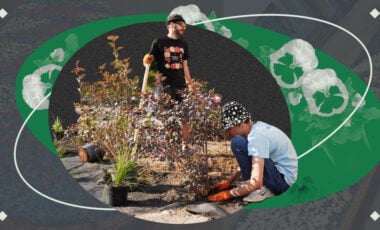Poplar down: what to do with allergies and trees?
Spoiler: if you have an allergy, it's not a poplar down allergy. But it still matters. How to help yourself survive the blooming period and where to look for problem causes: find out in our new article.

Summer has come, and everything has turned white. No, we're not talking about the snow as another outburst this June. No matter how unusually cold the weather was, the poplars in our towns and villages bloomed in time. We can see poplar down almost everywhere: it whirls in the air, flies into vehicles and houses, sticks to car radiators, window screens, and air conditioners; white clumps cover the ground and floor in apartments. Sometimes you can even see poplar down being burned outside, either to get rid of it or for fun. This "fun," however, has a great danger: poplar down is very easy to deal with, and given that it is light, flies in the air, gets stuck in corners and crevices, the spread of such fire is fast and uncontrolled. Burning poplar down is a real danger and can lead to a large-scale fire so we cannot set it on fire.
The flammability of poplar down is not the only danger it poses. With the beginning of the spring-summer period, allergists invariably record a huge number of complaints about seasonal allergies. People complain of itching in the nose and eyes, rhinitis, eye redness and tearing, sore throat. Poplar down is always among the main culprits. Rubryka decided to find out whether poplar down is really to blame for human troubles and if we need to get rid of these "harmful" trees from our streets.
This publication is available in Ukrainian and Russian. The English translation hasn’t been produced yet. Support us to make the translation faster - follow the link for instructions




















































